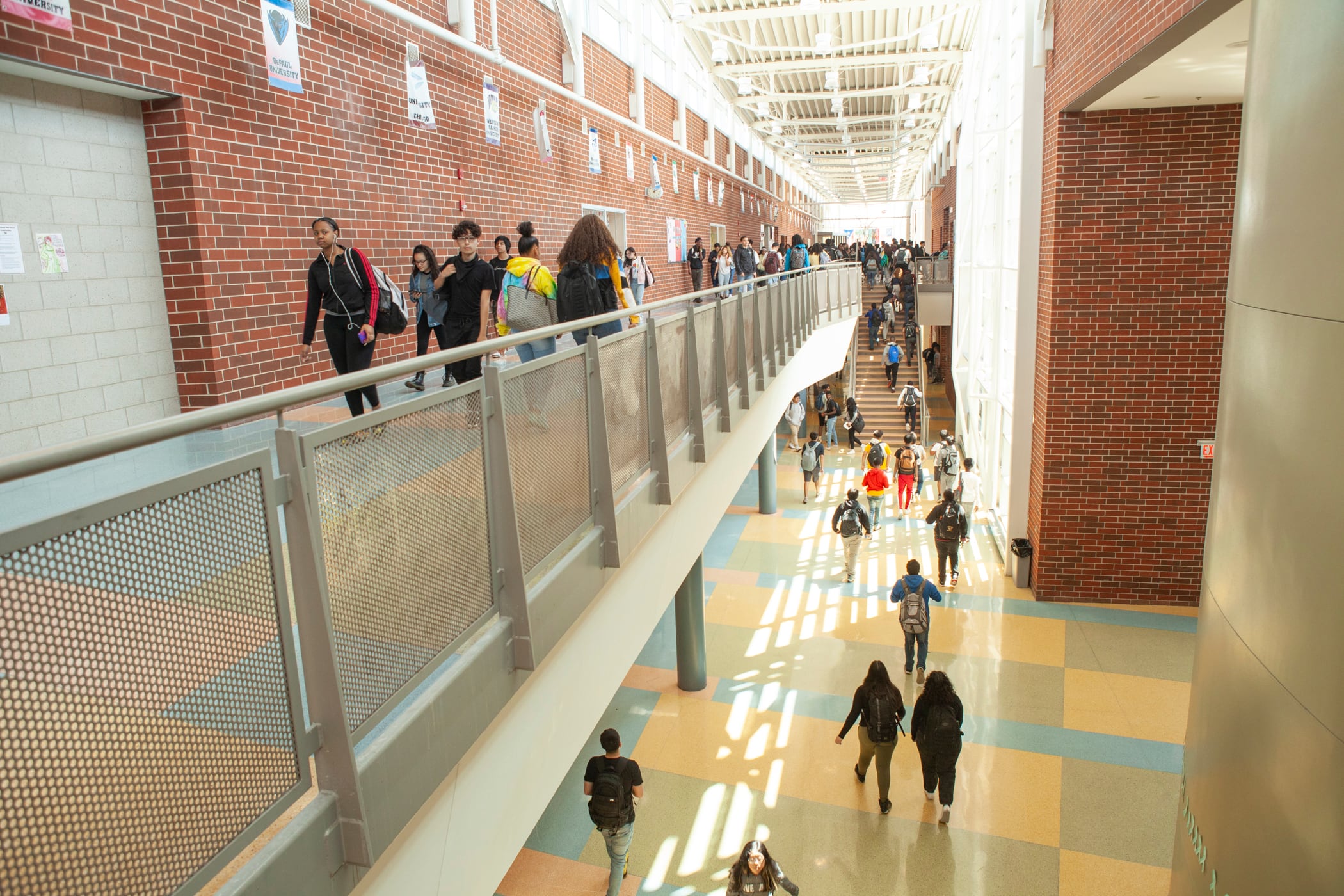Earlier this month, a superintendent of a small school district in western Illinois created a list of 100 questions for school districts to answer before reopening in the fall, pending a decision from the Illinois State Board of Education.
Phillip Caposey of Meridian Community School District 223 created his list — and posted it on Twitter — after seeing a similar one circulating online. David Aderhold, a superintendent in New Jersey, wrote a letter in May with 91 questions about reopening schools. Caposey copied about 60 questions, eliminating state-specific questions and filling in a few of his own. Upon sharing the list online, other superintendents across Illinois added more questions.
Caposey said that he wanted to “leave no stone unturned.”
“For us, it’s like figuring out a huge calculus equation essentially trying to figure out how to make all those pieces fit together, but that’s essentially our work in the summer,” he said.
Across the country, school leaders are grappling with how to reopen schools. Some states, such as Indiana and California, have released guidelines for the fall. In Illinois, where the state hasn’t released its guidance yet, superintendents have started the planning process for fall reopenings — and attempted to game out additional costs. Working with flat budgets, they are trying to ensure students and staff members are safe, even as they work to contain the spread of the virus in schools.
A recent survey, conducted by the AASA, a national superintendents association, found that 94% of superintendents nationwide said they haven’t announced when they will be able to reopen or resume in-person instruction on campus. Asked if they have enough space for social distancing, 77 % said it would be “very hard to do.”
Caposey’s list covers what schools should consider for protective gear, testing for COVID-19, budget, structure of the school day, technology, grading, and more. Caposey, like other superintendents, will have to balance guidelines from the state board of education, the Centers for Disease Control, and the state and local public health department.
Chicago Public Schools already has indicated that it is preparing to reopen schools on Sept. 8 if health officials give it the green light. Educators and students are requested to wear masks and schools will have to do daily temperature checks. The district has not worked out if they will have all students attend school everyday or in shifts and how much remote learning will continue.
In North Shore School District 112, located 25 miles north of Chicago, Superintendent Michael Lubelfeld is in the process of figuring out the equation for his district. He and a group of teachers, teachers union members, administrators, and support staff will meet Thursday to discuss considerations for the fall.
For the almost 4,000 students his district serves, Lubelfeld is concerned about providing instruction to students, especially the most vulnerable. Kindergarten students, for instance, have never been in school before, and many of them are learning to read and write, he said.
He added, “It’s real hard to teach reading over a computer. It can be done, but it’s extremely difficult.”
Lubelfeld, who has been a part of the Illinois State Board of Education subcommittee for remote learning guidelines, wants general safety guidelines from the state.
“I need responsible guidelines meaning that the Department of Public Health says ‘if you’re going to put 500 people in an enclosed space, make sure you’ve got air quality considerations. Make sure you’ve got the personal protective equipment, whether it’s a mask, a head guard or a microphone system,’” he said.
Both Lubelfeld and Caposey are trying to figure out what success will look like for their districts, whether schools completely reopen in the fall, stay remote or use a hybrid model, with some grades at home and others on campus.
Caposey says that every superintendent, leadership team, principal, and teacher are trying to figure out the best solution — with the understanding that each one has a downside.
“Remote learning has its faults, hybrid has its faults, face to face is risky. Every solution is bad,” he said.





